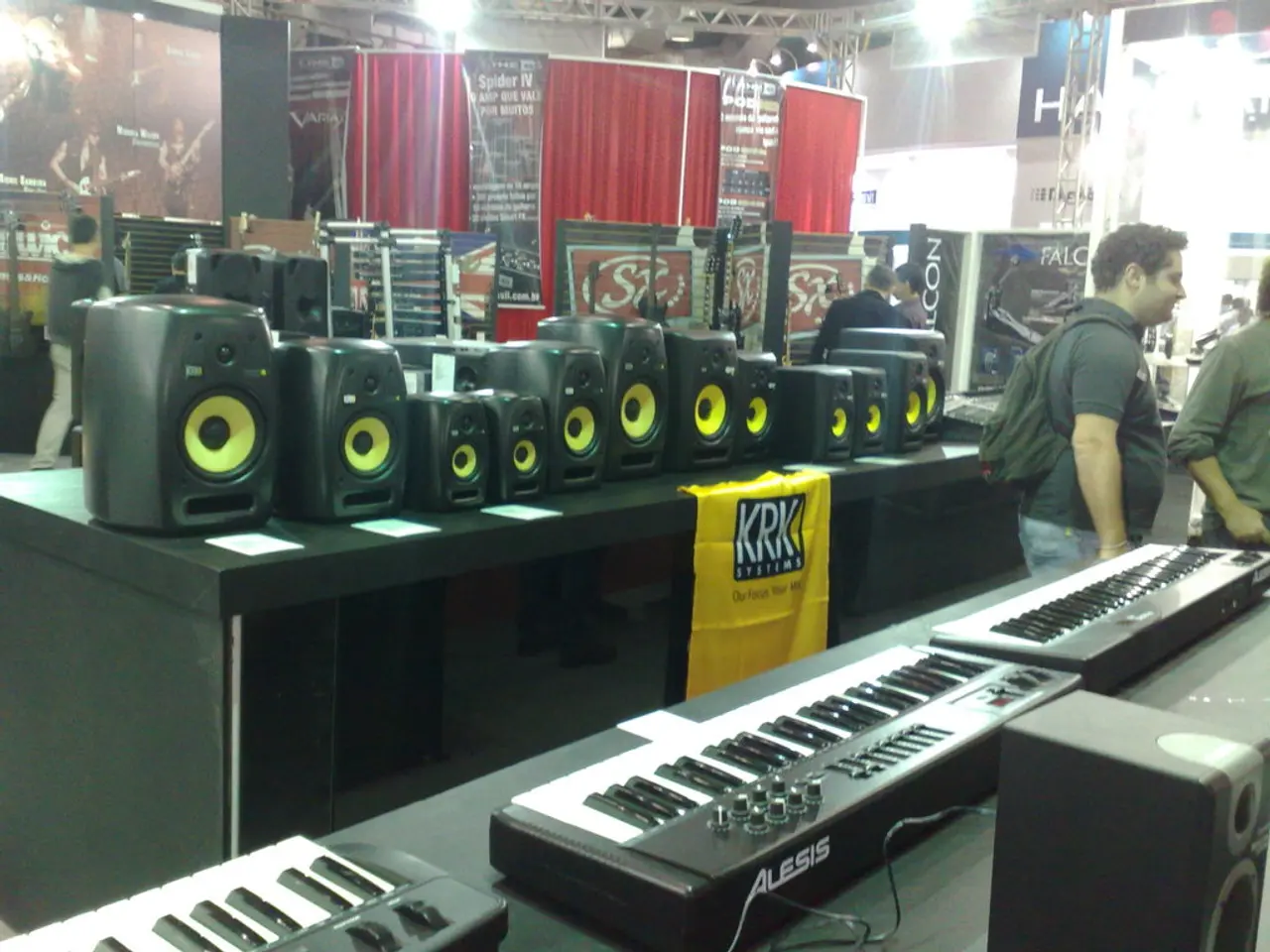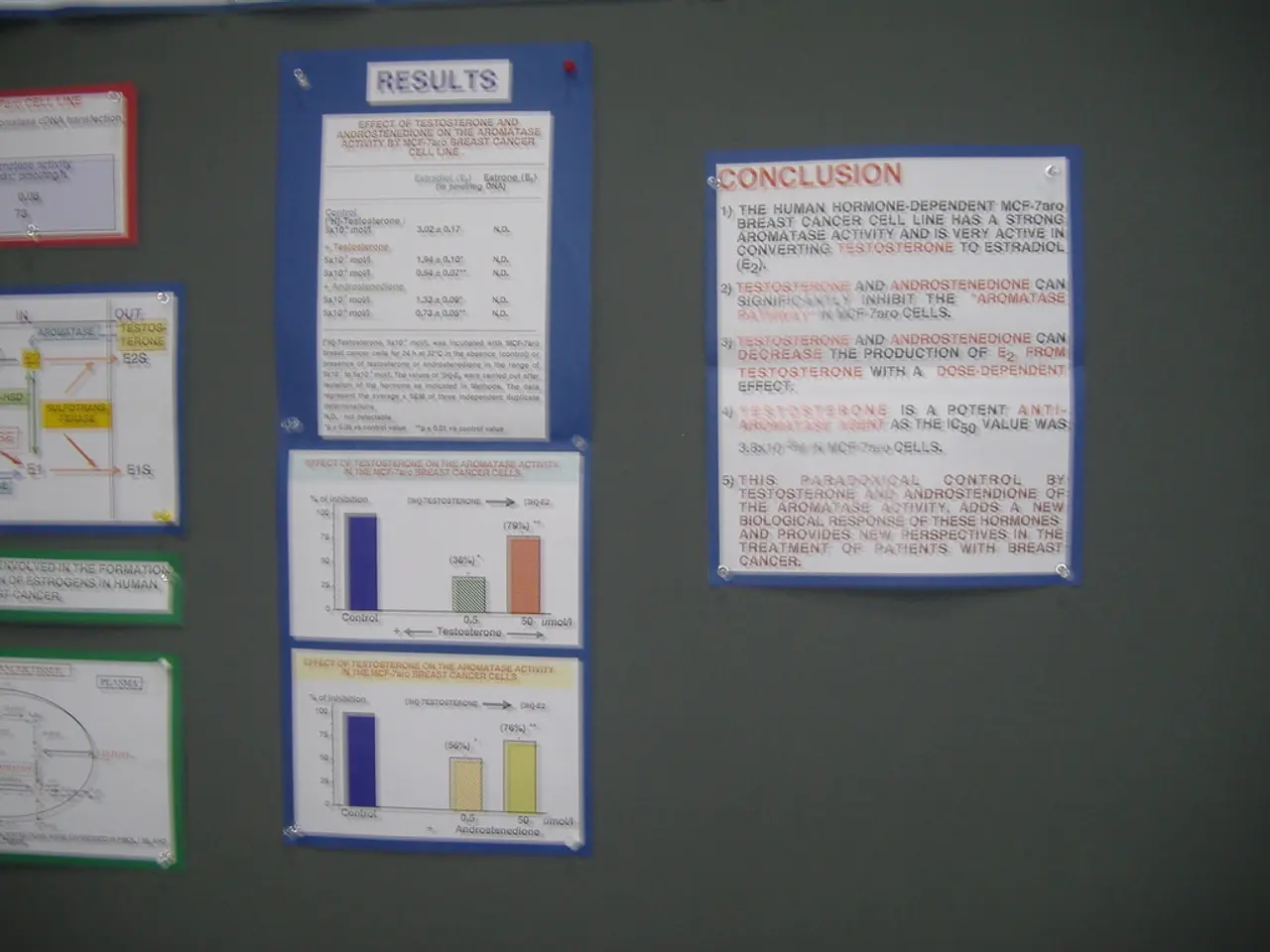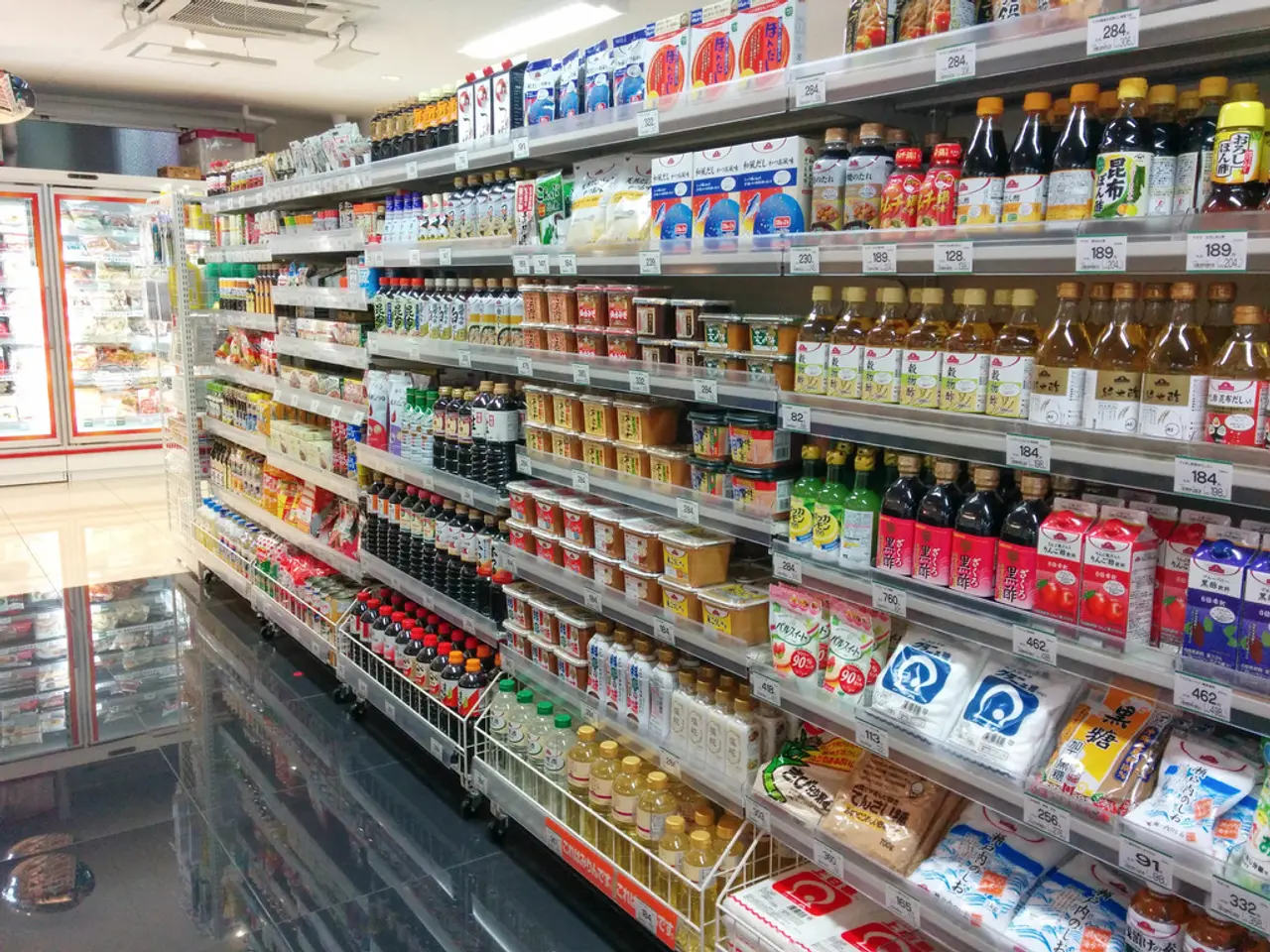Ford Pushes Ahead with Electric Vehicle Development through the Establishment of the LFP BlueOval Battery Park in Michigan
Ford Motor Company's $3.5 billion lithium iron phosphate (LFP) battery factory in Michigan is currently navigating significant political and economic challenges, primarily due to uncertainty surrounding federal tax credits and the use of Chinese technology.
### Political Challenges
The factory, set to be a joint project involving technology licensed from Chinese battery maker Contemporary Amperex Technology Ltd. (CATL), has drawn political scrutiny amid growing US-China trade tensions and security concerns. A Republican-backed bill in Congress threatens to ban federal support for battery plants using Chinese technology, which could disqualify Ford’s Michigan plant from receiving crucial federal tax incentives tied to the Inflation Reduction Act (IRA).
In response, Ford has embarked on a "charm offensive," offering tours for lawmakers to showcase the plant's American workforce and emphasize the domestic nature of manufacturing, in an effort to preserve support and tax credits.
### Economic Challenges
The IRA tax credits were expected to offset roughly a quarter of the plant’s $3 billion cost. The potential loss of these incentives would have a "very material" impact on the plant's financial viability. Due to slower-than-expected growth in electric vehicle sales and reduced incentives, Ford has scaled back its investment from $3 billion to around $2.2 billion, cut jobs from 2,500 to 1,700, and halved promised state/local incentives from $1 billion to $500 million.
Despite these setbacks, Ford has reaffirmed its commitment to completing the plant and starting production by 2026, demonstrating a resolve to see through the investment despite financial pressures.
### Market Challenges
Slower growth in electric vehicle sales has also forced the project to scale back, with the factory expected to employ at least 1,700 workers when it opens in 2026, a reduction from the initial 2,500.
### Summary
In conclusion, Ford’s Michigan LFP battery plant is caught in the crossfire of political moves to restrict use of Chinese tech and economic realities of EV market growth and funding incentives, placing its future in considerable uncertainty. Nonetheless, Ford is determined to complete the factory and begin production, emphasizing the strategic importance of domestic battery manufacturing for its electric vehicle ambitions.
[1] "Ford's Michigan Battery Plant Faces Political, Economic Challenges." (URL) [2] "Ford's Michigan Battery Plant: A Battleground for US-China Tensions." (URL) [3] "Ford's Michigan Battery Plant: Navigating Political and Economic Uncertainties." (URL) [4] "Ford's Michigan Battery Plant: A Test of Resolve Amid Financial Pressures." (URL)
- The political landscape surrounding Ford's Michigan battery plant is complex, with the potential for federal funding incentives to be withdrawn due to concerns about Chinese technology, as stipulated in a Republican-backed bill in Congress.
- The economic challenges facing the battery plant are significant, as the loss of federal tax incentives would have a "very material" impact on the plant's financial viability, potentially affecting billions of dollars in costs and promised incentives.
- The factory's employment prospects have also been impacted by slower growth in electric vehicle sales, with the plant expected to employ at least 1,700 workers when it opens in 2026, a reduction from the initial 2,500.
- In spite of these challenges, Ford has reaffirmed its commitment to completing the battery plant and starting production by 2026, underscoring the strategic importance of domestic battery manufacturing for its electric vehicle ambitions. This commitment represents a test of resolve in the face of financial pressures and uncertainties in the automotive, energy, finance, transportation, business, technology, politics, and general-news sectors.




